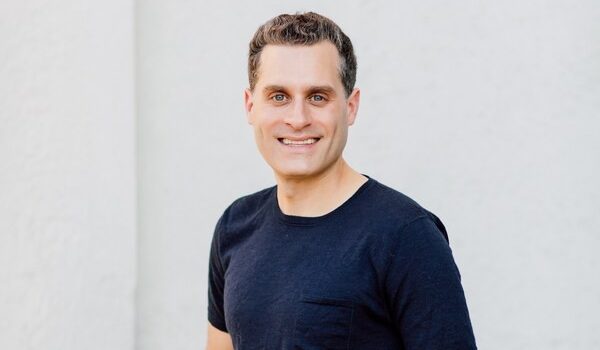By Andrea Cook
Data is like “digital” in 2010 – every agency says they’re doing it. Not many are. And of those that actually do, most aren’t doing it right.
Like digital, data used to be the ugly stepsister of mass advertising. And now data, like digital, is annoyingly overused in the talk-track of every strategist. It’s also on the brief from every marketing department and is somehow charged with making world-changing campaigns happen at a fraction of the cost.
It’s a problem for the ad industry because catching up in the data world today can be a lot more complicated than learning the digital ropes six years ago. My suggestion: if you’re feeling a little in the dark, go back to the basics.
Think multiple inputs
The first and most important thing about “big data” isn’t really the “data” at all. It’s about people. The data just tells us a story about where a person is in their own world, and where that person is in our (brand) world.
Our issue is that we’ve learned to create stories from one perspective. We are trained to lean on one consumer insight – and it’s often a qualitative one – to fuel a whole campaign. We need to train our brains to think about using multiple inputs as clues.
I was once in the finals of a pitch for a U.S. fuel company providing gas to commercial fleets. There were two agencies and each was given the same sum of money to put a four-week campaign into market. Whichever agency’s campaign led to the most gas pumped would win the business.
The competing agency ran a campaign targeting companies with the largest number of trucks in their fleets. Makes sense, right? More trucks, more need for gas.
Our agency, meanwhile, divided current customers into two lists: industries that pumped the most gas and zip codes that pumped the most gas. We merged the lists and targeted the top 20 ranked combinations. In the end, our campaign led to three times the gas pumped, versus the competing shop. The data gave us multiple perspectives on our customers and ultimately a smarter, more focused way to provoke our desired outcome.
Look down the funnel
The second basic to remember is that, fundamentally, people’s motivations and desires haven’t changed. There are just more sources of information.
Every engagement we have with a customer can still be plotted on a traditional customer life-cycle diagram. It’s still acquisition. It’s still cross-sell and upsell or win-back. Our industry has just spent so much time in the glory at the top of the sales funnel that we’ve forgotten to look down.
In 2008, I was working with a Canadian telecom device manufacturer. The head of marketing showed us a chart and said, “If this trend continues, we’ll actually close our doors by 2014.” That chart showed the upward trend of customer churn. And now his prediction has all but come true.
What happened? Too much time at the top of the funnel, assuming customers would remain loyal just because they had in the past. Who is that customer? What keeps that customer and what makes a customer happier or more valuable? We can’t afford to wait until later to know these answers.
The middle matters
So yes, we’ve learned from clients like that. We pull all kinds of data, some of which we use. We use it at first to inform brilliant insights for hungry creatives to gobble up in briefs. And then we pull data again after a campaign is done to remind ourselves how well (or not) we’ve done.
What we’re missing is the third basic data rule: the middle matters too. I’m talking about iteration.
A brand story is never done, and so our brand relationships with a consumer shouldn’t be, either – a consumer who, by the way, is also never done changing. We need to resist the urge to believe that something that worked before is going to work in perpetuity.
In the food world of CPG, for example, it’s table stakes to build large databases of client preferences and serve up specific, highly targeted, highly contextual recipe content. For one client, we made a simple campaign change to include three recipes (versus one) and serve the recipe selection based on the click trends of the last three interactions with that client.
We got a 10-times lift in campaign performance. Why? Because our previous structure, while highly targeted, treated the consumer’s state as constant. There was no room for changing preferences, customer trends, or personal state of being (energy level, mood) or for us to demonstrate our own brand innovation.
We needed to commit to iteration to let the story evolve.
So yes, friends, the geeks have inherited the Earth. By 2020 there will be about 5,200 GB of data for every human – 90% which will have been created in the preceding decade. It’s simply a question of when you are going to need to have this data thing on lock. Not every brain is a data brain, but you can certainly nail the basics.

























